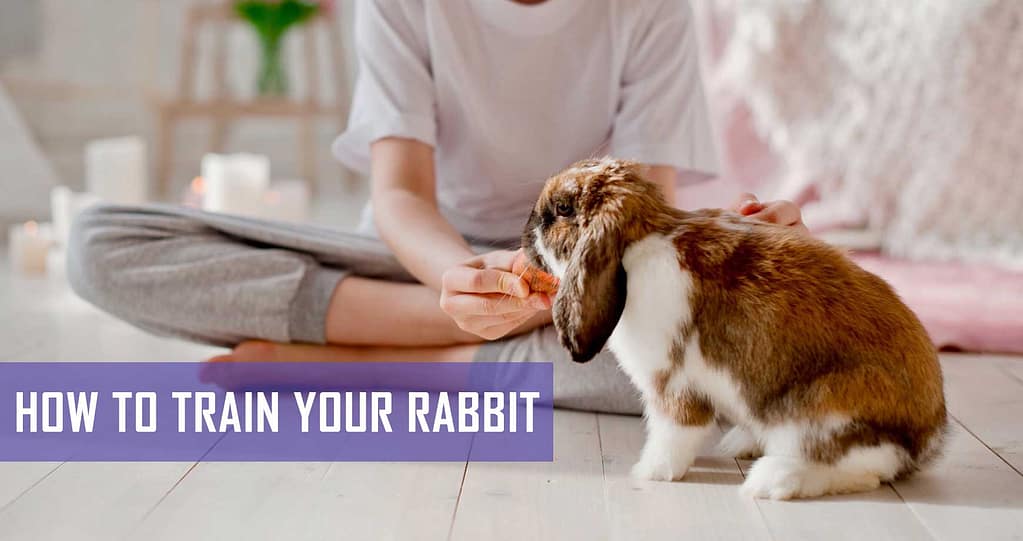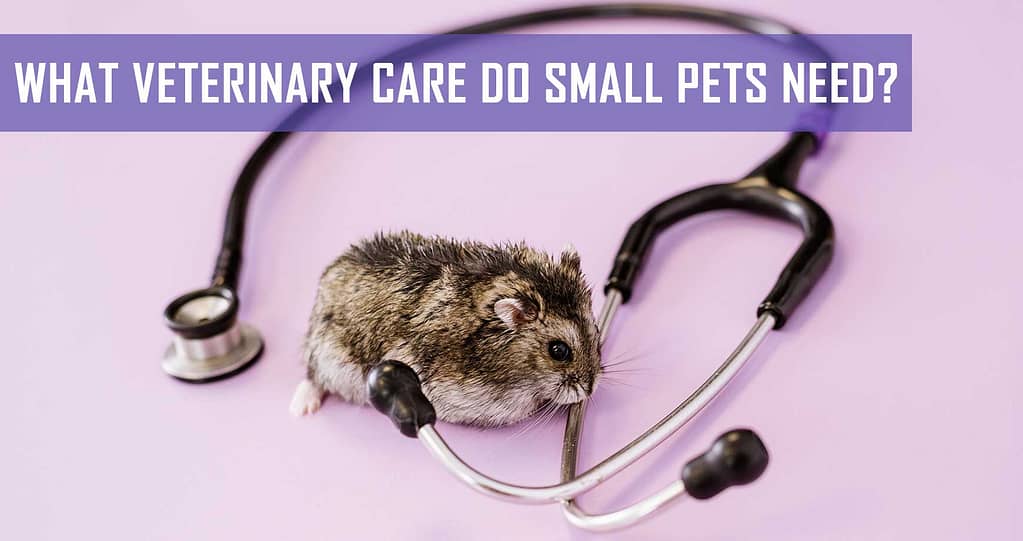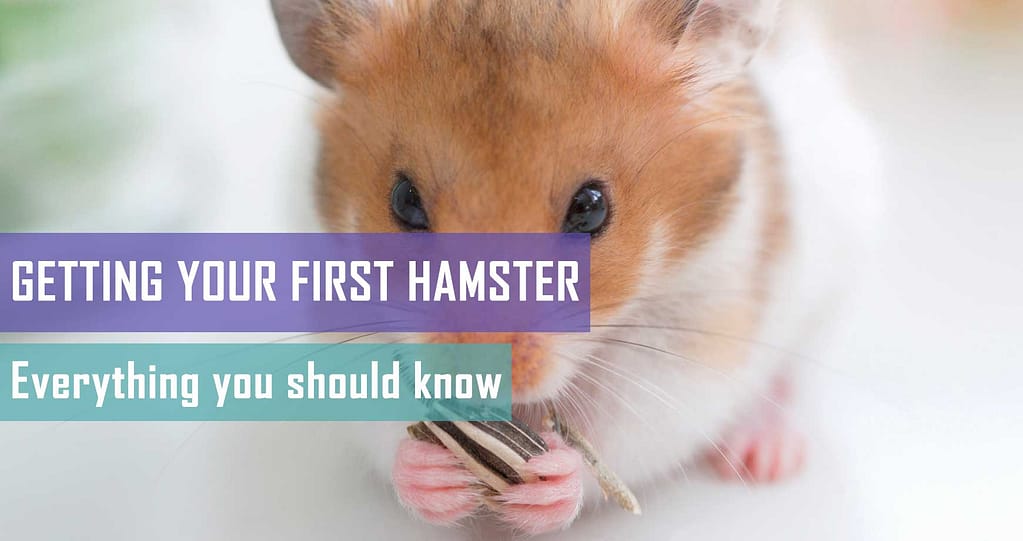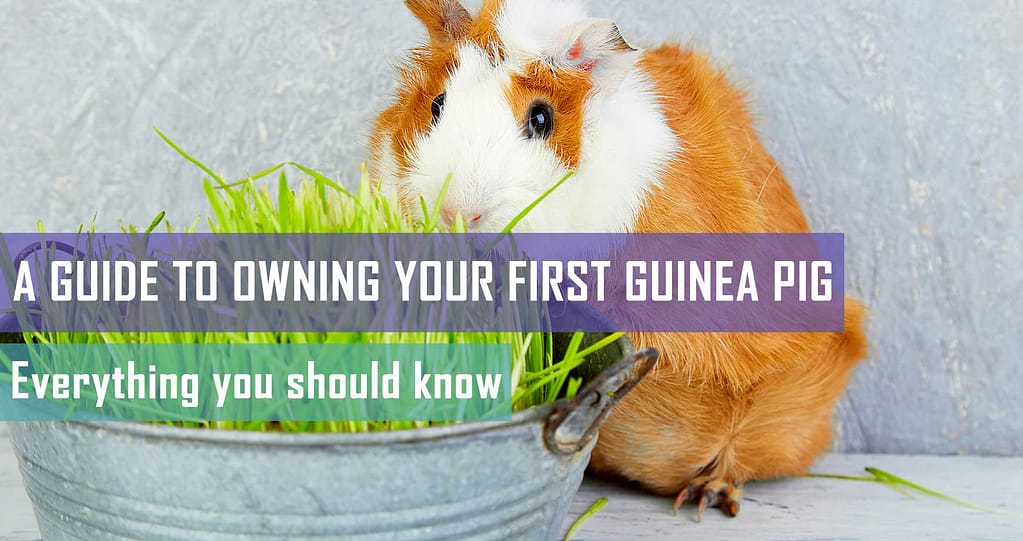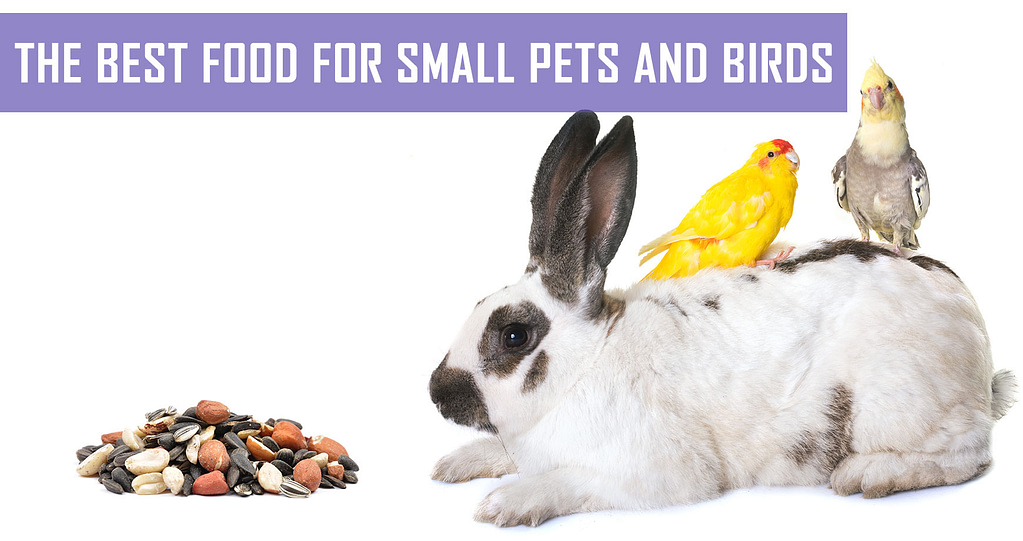Starting From Scratch
Soft, cuddly, companionable and friendly, rabbits make ideal house pets. However, they are also quite intelligent and without regular stimulation they may get bored easily and become destructive. That’s when you come home to chewed power cables and bite marks on everything at bunny eye-level. So to improve the bond between you and Hopalong Harry, and to give him a physical and mental workout, here’s how to train your rabbit.
You will need:
- one enthusiastic bunny
- food or treats as motivation
- a clicker (optional)
- a quiet, distraction-free area
Training basics
Rabbits love their social pals, but when training your pet bunny, it’s best to engage him one-on-one so that he focuses only on you. Rabbits respond well to clickers and hand gestures, but – like dogs – they need to learn to associate the sound of the clicker or your unique hand gestures with a food reward. Only use positive reinforcement to train your rabbit. Since they are prey animals in the wild, they scare easily and don’t respond well at all to loud noises (like being told “No!”) or punishment. Punishing a rabbit for not doing what you want him to do is the quickest way to send him fleeing under the couch and instilling distrust.
So get your rabbit’s favourite treats ready, place him in a quiet, enclosed area with few distractions, and let’s begin!
Gesture, word, click, treat… repeat
Rabbit training may take quite a bit of repetition and many treats to cement the positive reinforcement, but most bunnies are quick learners if they are motivated strongly by food and company. Decide what you want your rabbit to learn, for example, to spin around in a circle. Apply the same approach to any behaviour or trick you want your bunny to learn:
- Show him you have a treat in your hand. He will be very interested in earning that treat and will follow your hand as you show him what you want him to do.
- Use the treat to lead him around in a circle.
- When he has completed one rotation and is back where he started, say “Spin” and immediately give him the treat.
- Repeat this a few times so that the word, the action and the food reward are set in place.
- Most rabbits are quick learners and will soon respond to a hand gesture alone (e.g. twirling your finger around to show him ‘spin’) to do the spinning trick.
- You can include the clicker in exactly the same process, but click before giving your bunny the treat. This way the clicker makes him anticipate the reward and encourages him to do the trick so he will get the treat. This will allow you to reduce the number of treats you give him as he responds directly to the clicker.
Training tips
Keep training sessions relatively short: up to 10 minutes at a time, a few times a day. You will see when Hoppy gets disinterested in the tricks and the treats… then it’s time to stop. He may also be a little full if you’ve been rewarding him a lot!
Other tricks
Using the same principles, steps and positive reinforcement, you can teach your rabbit to come when called (use his name all the time so he gets used to it), roll over, jump up on the couch, do a figure-8 around your ankles, walk a short distance on his hind legs, and even do a little hopping obstacle course. Keep your training sessions short and interesting, and engage your rabbit friend in order to build your bond – a pet friendship that benefits both of you!

